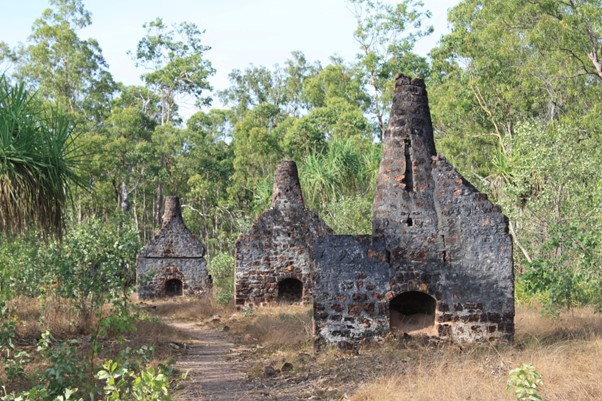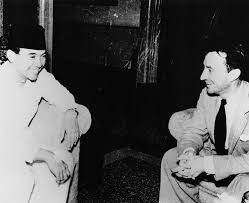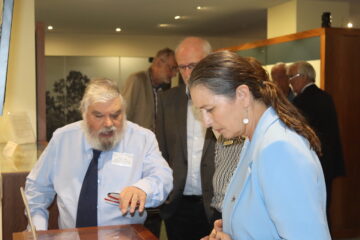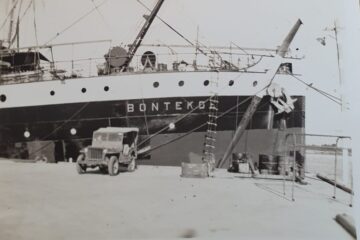At the Battle of Waterloo in 1815, Britain together with its other allies defeated France. After the victory Britain went on for another 100 years of being the global superpower. However, during that period it remained very fearful of France and a range of minor wars were fought during the 19th century.
The Napoleonic Wars had created many British heroes and on the one side new jobs needed to be created for the military aristocracy and of course they also needed to be awarded for their military successes. The Colonies included Australia, received their share of these highly ranked, war-hardened military men.
All of this was happening at the same time as the authorities in London were also looking at the options for convict transportation. Unemployment and crime rapidly increased in Britain. Punishments in this age were severe even from the smallest demeanour. Gaols were filling up again, including the hulks in the Thames, so transportation was again high on the agenda of the politicians.
This also led to an increased hardening of convict policies in Australia. Moreton Bay (Brisbane), being the one that was only created after the Napoleonic Wars became one of the most notorious penal settlements in the Empire known for its very liberal use of the lashes. A range of battle-hardened military captains became the commanders of the new penal settlement.
Britain embarked on its colonial expansion in Australia. France was a rival in this conquest. Britain started to look at combining its military expansion and that of penal settlements in north Australia.
It needed to secure larger parts of Australia, especially to the north and to the west. It wanted to plant the British flags at strategic place with a small military settlement connected to it. The aim was that by doing so that they would also be able to attract sea trade by creating ports. In North Australia that would mean that they could bypass the ports in the Netherlands East Indies (NEI). The Netherlands was one of its largest trading rivals and they were looking for opportunities to make life more difficult for Dutch merchants. During the Napoleonic Wars NEI was occupied, but handed back to the Dutch at the Convention of London in 1814. The British Governor of the NEI Stamford Raffles was not happy with loosing the spice trade opportunities here and rapidly took procession of what is now Singapore, which of course became one of British most successful trading hubs.

Several military posts were established in North Australia such as Port Raffles (Fort Wellington), Victoria Settlement (Coburg Peninsula – Darwin) and Fort Dundas. However, they were also abandoned again, and the expected sea trade never eventuated. Britain (and Australia) remained depending on the Dutch ports in the Dutch East Indies and relationships remained cordial.
As more parts of Australia were colonised during the 1820s and 1840s, the name New Holland started to slowly disappear.
Copyright © 2021 Paul Budde History, Philosophy, Culture
See also:
Early nineteenth century English/Dutch rivalry in Eastern Indonesia and Australia
Dutch claims to New Holland and the British colonisation in 1788


